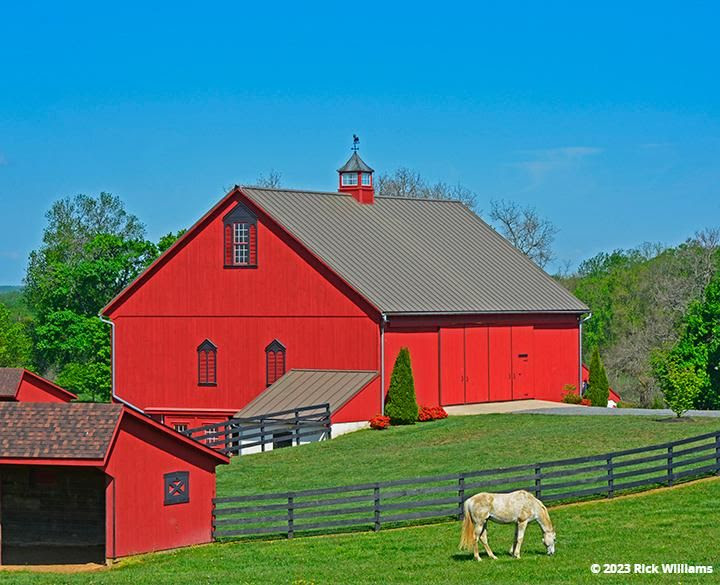The SVB Collapse – My Board Risk Management Experience

My previous blog, Head in the Sand Management – the SVB Case, asked “what were the senior leaders of SVB thinking!!” The risks for the bank’s portfolio at a time of rapidly rising interest rates were obvious.
I have participated in many discussions about what went wrong and heard fascinating stories. Silicon Valley Bank supported and in many ways created the high-tech entrepreneurial community. The bank’s VC and PE customers were the immediate cause of the shutdown when they invoked the Be the First to Panic rule.
SVB CEO Greg Becker sold $3.6 million of his SVB stock while assuring investors there was no reason to panic. VC and PE depositors heard the “no reason to panic” message as a gong ringing – be the first one to panic and get your money out of SVB.
Many argue that bank regulators should have intervened earlier and saved the bank. I disagree. Bank regulators are protecting small depositors and are not risk analysts for the bank’s leadership. I have served as chair of a bank board. I am not relying on a government regulator to tell me whether the bank is about to collapse. If I don’t know the bank is in trouble before the regulator, I am not doing my job as a board member.
I write and speak about empowering an engaged board of directors – its value to the company and how the board works. Some have challenged me with the question, “What would you have done as an SVB board member?” I have served on a board when management advocated for a high-risk proposal. With details changed for confidentiality, here is what happened.
The company CEO mentioned during a board meeting that a bank had contacted him about a piece of real estate the bank acquired through foreclosure. The property could be purchased at an attractive price. I told the CEO that I knew the property and had concerns about potential liabilities. I asked him to let me know how the discussions progressed.
Over the next several months, the CEO came back to the board reporting more progress toward purchasing the site. I asked him to look into possible contamination issues I suspected had not been examined. The site could be used for an expansion of the company’s operations, but I suspected the property had contamination risks that would be expensive to remediate.
Each time the possibility of purchasing the property was on the board agenda I asked for an update on possible hazardous waste contamination issues. Each time, I was assured that the company had been told by the bank and by local government that there were no material risks, but the bank had no independent analysis of possible contamination. The purchase price was low because we would take the asset out of the bank’s foreclosure portfolio, and the CEO presented a handsome rendering depicting the company’s new facilities on the property.
The CEO asked the board to approve a motion to buy the property. From the discussion, I could see that other board members were inclined to approve the proposal. The question for me was whether I should go along with the CEO’s recommendation and the preference of other board members. I did not know for certain whether costly hazardous waste cleanup would be required. But I did know for certain that the board did not understand the risks in the decision they were about to make.
I said that I would vote NO on the motion and that I wanted a summary of my reasons for voting NO in the minutes. The CEO tabled the motion and withdrew the proposal. Further analysis identified contamination on the property and remediation costs were factored into the eventual acquisition price for the site.
Boards do most of their work through consensus and defer to company leadership on many issues. But there are moments when each of us, as a board member or the leader of our organization, must ask tough questions, voice a strong concern, or make an unpopular decision. That is the job of the leader.
Red Barn
Until I was five years old I grew up on a farm located in the rolling hills halfway between Baltimore and Pennsylvania. Our farm was not one of the fancy horse farms sending thoroughbreds to race in the Preakness and Kentucky Derby. When I “went home” as an adult living in Boston, I would drive my mother out to the country to see our farm and tour the manicured farms of horse country with their beautiful red barns.
